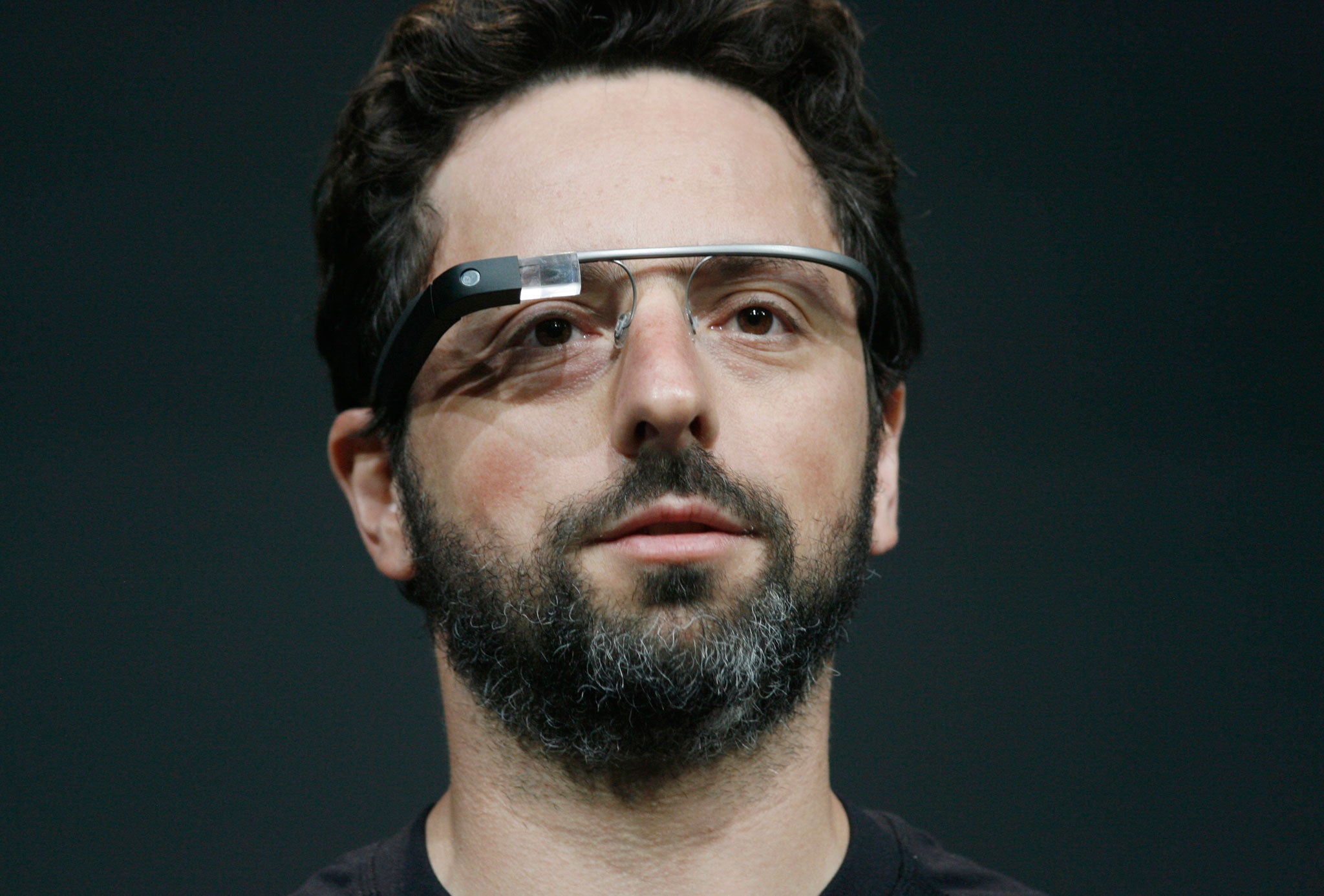The first good look at a hi-tech revolution - but is Google making a spectacle of itself?
All eyes on Glass, as the year's most hotly anticipated gadget nears its release date

Your support helps us to tell the story
From reproductive rights to climate change to Big Tech, The Independent is on the ground when the story is developing. Whether it's investigating the financials of Elon Musk's pro-Trump PAC or producing our latest documentary, 'The A Word', which shines a light on the American women fighting for reproductive rights, we know how important it is to parse out the facts from the messaging.
At such a critical moment in US history, we need reporters on the ground. Your donation allows us to keep sending journalists to speak to both sides of the story.
The Independent is trusted by Americans across the entire political spectrum. And unlike many other quality news outlets, we choose not to lock Americans out of our reporting and analysis with paywalls. We believe quality journalism should be available to everyone, paid for by those who can afford it.
Your support makes all the difference.The Google co-founder Sergey Brin recently described touchscreen smartphones as “emasculating”. This week, tech fans finally got their first good look at what he plans to replace them with: a $1,500 (£1,000) pair of hi-tech spectacles.
At the South by Southwest (SXSW) technology festival in Austin, Texas, on Monday, Timothy Jordan, Google’s senior developer advocate, gave the first detailed demonstration of Google Glass, the search giant’s hotly anticipated web goggles, which display digital information on a tiny screen just in front of the wearer’s right eye.
Mr Brin, 39, who was photographed sporting a pair on the New York subway in January, has suggested the specs are the first in a new generation of “wearable tech” items. He first demonstrated an early iteration of Google Glass at a conference in May 2012.
The SXSW presentation is part of a long build-up to the product launch later this year. Early adopters who signed up to be Glass guinea pigs will receive their $1,500 prototype imminently, while consumers are expected to be able to purchase the device before the end of 2013.
The glasses are controlled with a combination of voice commands and a tiny touchpad on one arm of the headset, which also contains the miniature computer’s working parts. As he swiped and tapped at the touchpad near his right temple, Mr Jordan seemed keen to emphasise that the glasses are not distracting to wear. “It’s all about the ability to have it there when you want it and out of the way when you don’t,” he said.
The presentation was also the first time app developers had the chance to witness the device’s API (application programming interface), Mirror, which they will use to build apps that make use of Glass’s unique functionality. Users can swipe between screens and functions via a series of so-called “timeline cards”, which include text, rich HTML content, images and/or video. Reviewers who watched the demonstration were well-disposed towards the technology, with TechCrunch suggesting developers would find it “very easy” to create apps for the Mirror API.
Mr Jordan showed the audience how to take and share photos using Glass. One of the first apps he demonstrated was Google’s email service, Gmail, which is controlled by voice commands. The New York Times app, meanwhile, displays an article’s headline, the name of its author and the time of its publication on the screen.
However, Google is keen not to muddle Glass users with excess visual information. Rather than display the complete article onscreen, the app allows you to listen to it being read aloud in full instead. The headset is designed to allow its wearers to continue to see and hear outside stimuli, so instead of earphones, its audio function features a technology previously used in hearing aids, whereby a vibrating part directs sound to the user’s inner ear through their skull.
The buzz around Google Glass has been mostly positive, though one Seattle bar has pre-emptively banned its customers from using the device on the premises. According to CNET.com, the owner of The 5 Point said the clientele of his “seedy, maybe notorious” establishment are “not the sort of people that want to be secretly filmed of videotaped and immediately put on the internet”.
Join our commenting forum
Join thought-provoking conversations, follow other Independent readers and see their replies
Comments